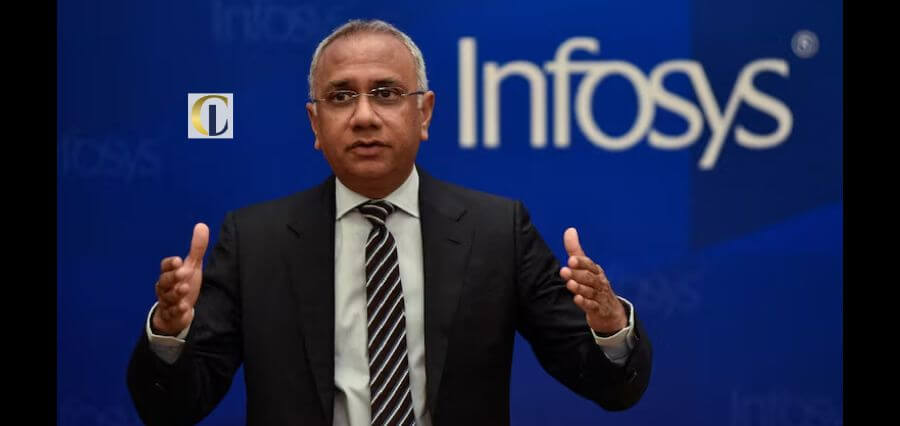In May, annual retail inflation increased 6.30 percent year over year, up from 4.29 percent in April and far beyond analysts’ expectations of 5.30 percent.
According to two senior people familiar with the Reserve Bank of India’s thinking, the central bank is unlikely to react to multi-month high retail prices because economic recovery remains its top priority amid the devastating second wave of the pandemic.
In May, annual retail inflation increased 6.30 percent year over year, up from 4.29 percent in April and far beyond analysts’ expectations of 5.30 percent. The wholesale price inflation rate increased to 12.94%, the highest level in at least two decades.
“CPI inflation is increasing across the board, but it is still not driven by demand, which offers the RBI some freedom. They will continue to wait and see because a rate hike is currently out of the question “said the first source.
India’s economy gained 1.6 percent in the March quarter compared to the same quarter a year before, but that was before a large second wave of illnesses hit the country, prompting widespread lockdowns in most states, resulting in more job losses and a huge reduction in demand.
Although some experts believe the true numbers are much higher, Asia’s third-largest economy has reported 29.57 million COVID-19 cases and 377,031 deaths.
The central bank stated earlier this month that it will keep monetary policy accommodative for as long as it is needed to recover and sustain development on a long-term basis.
“At this point, the RBI has no way of reacting to inflation,” a second person added.
“The greatest pressure is coming from margins, supply disruptions, and cost-push pressures…but if demand exists, the (RBI) will have to respond. However, we have yet to see indications of demand pressures “Added he.
A request for comment from the RBI was not immediately returned.
High energy prices, the RBI cautioned in its most recent policy review, might boost inflation. It also lowered its GDP growth prediction for the current fiscal year from 10.5 percent to 9.5 percent.
“CPI inflation is considerably above estimates at 6.30 percent, proving that greater WPI does not indicate higher CPI,” said Rupa Rege Nitsure, chief economist at L&T Financial Holdings.
Following the CPI data, India’s benchmark 10-year bond rate climbed to a six-week high of 6.04 percent, as speculators fear the RBI will have to react to inflation sooner rather than later after it violated the RBI’s targeted 2 percent -6 percent limit.
“While this complicates monetary policy direction, the RBI is likely to follow the US Fed’s lead in pinning this spike on ephemeral cost-push forces and remaining focused on the negative output gap,” said Radhika Rao, an economist at DBS Bank. “As vaccination approaches critical mass in the first part of 2022, policy normalisation expectations are likely to become progressively priced in,” she added.








